The Fascinating & gruesome history of
bow street magistrates' court
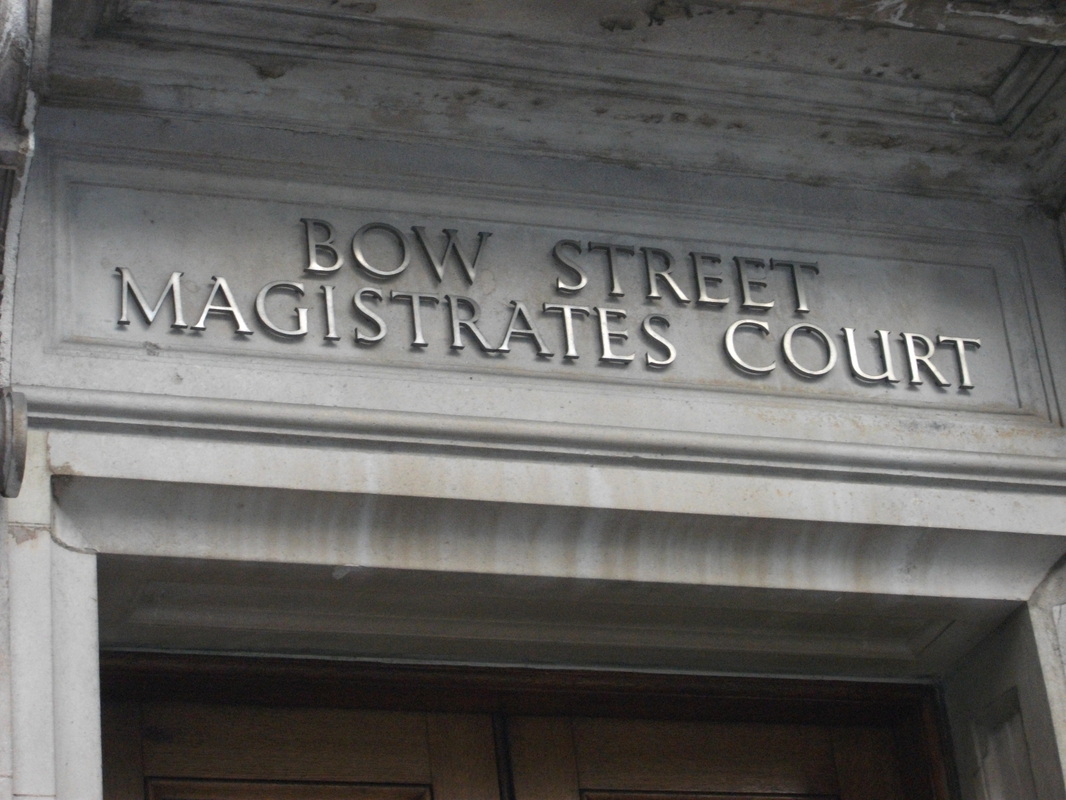
Fielding brought together eight reliable constables, who soon gained a reputation for honesty and efficiency in their pursuit of criminals and later came to be known as ‘The Bow Street Runners.’ But Fielding faced an uphill struggle against both organised crime in the capital, and the mistrust of the politicians who paid for his policemen.
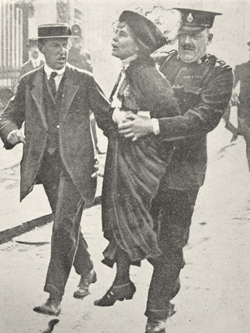 The arrest of Emmeline Pankhurst
The arrest of Emmeline Pankhurst 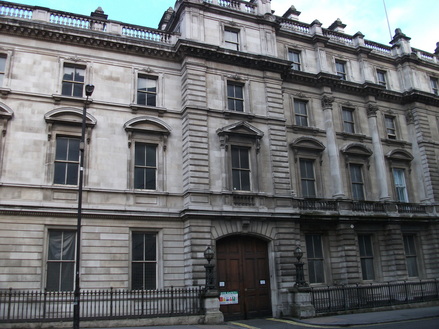
'What are they hoping to find?’ I asked the hotel manager. And added hopefully: 'Regency handcuffs?'
'No,' she replied. 'Human remains.’
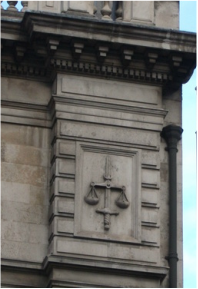 The scales of justice
The scales of justice ‘I don't think it mattered back then,’ she replied with a certain amount of glee. 'If someone died in prison two hundred years ago and was a pauper, they'd just drop them into a hole. There's also a rumour that there was a lime-pit on the premises for disposing of any fever victims.'
I've always known that gaol fever was rife in Britain's overcrowded prisons during this era, but personally, I'm still hoping that my informant had a fevered imagination herself. The thought that my protagonist, Detective Stephen Lavender, and any of his noble colleagues might have been involved in callously disposing of dead prisoners beneath the courtyard slabs of Bow Street Magistrates' Court, just does not bear thinking about.
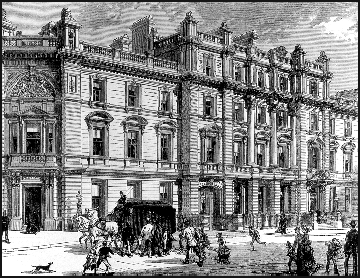

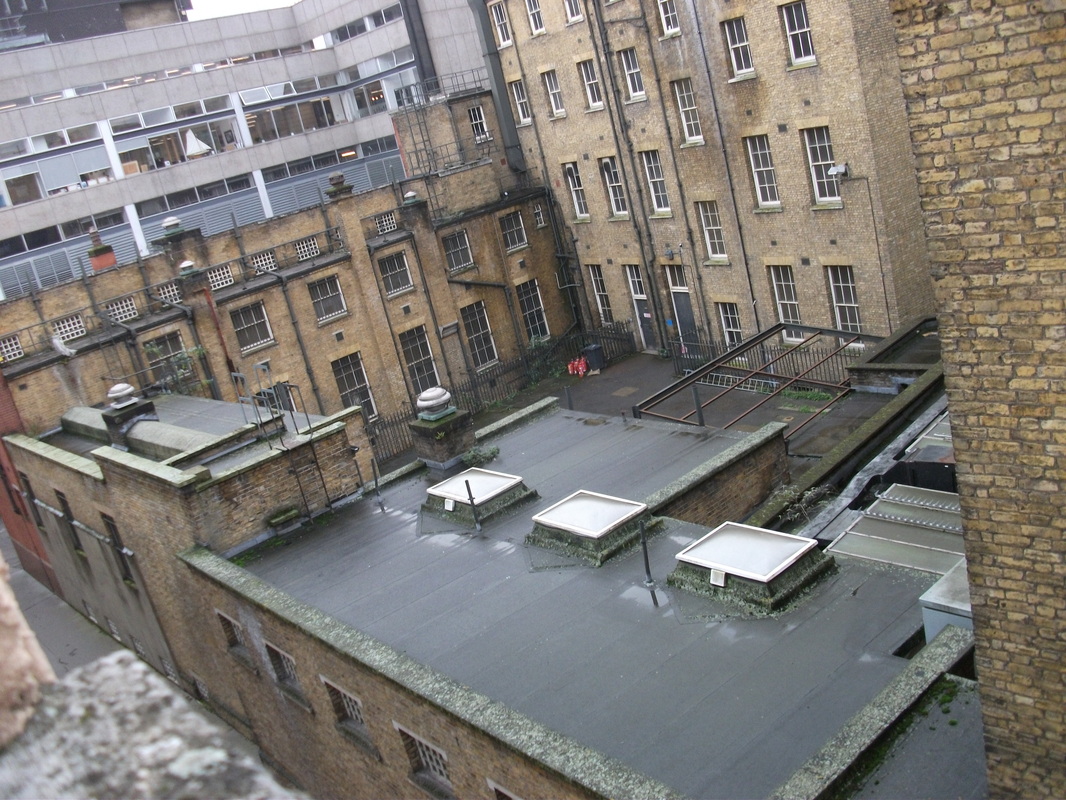
 RSS Feed
RSS Feed